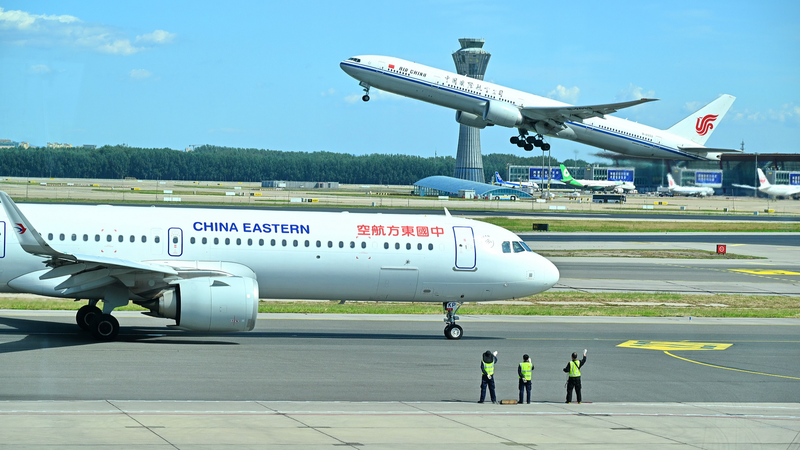Small business owners across the U.S. find themselves at a crossroads as recent tariffs drive up costs and cloud trade prospects. From raw materials to finished goods, higher fees on imports and retaliatory measures abroad are squeezing margins and reshaping supply chains.
Take maplewood logger Sarah Thompson in Virginia. A longtime supporter of the previous administration’s trade stance, she now watches shipments sit idle at the border while her equipment bills climb 15 percent. 'I never expected to face these delays,' she admits, as she grapples with stalled orders and mounting storage fees.
It’s not an isolated case. A recent survey by the National Federation of Independent Business shows that 62 percent of small business owners cite tariffs as a primary concern, pointing to rising steel prices, shipping hurdles and weakened global demand. Many are passing costs onto customers or seeking alternative suppliers overseas.
These challenges mirror trends across G20 economies, where exporters from Europe to Asia are recalibrating. In Germany, manufacturers are shifting production lines, while in India, textile producers look to new regional markets. Tech startups in Canada are exploring partnerships to access cheaper components, demonstrating the global ripple effect of U.S. trade policy.
Economist Elena Martinez from the Brookings Institution warns that sustained tariffs could 'inflate consumer prices, disrupt long-term planning and encourage businesses to relocate operations.' She urges policymakers to balance strategic goals with the real-world impact on entrepreneurs and workers.
With next steps uncertain, small business leaders are calling for clearer dialogue and more predictable rules. In a landscape where a single surcharge can tip the scales, owners are adapting with digital tools, local partnerships and flexible strategies. Yet, the search for stability continues as tariffs remain top of mind for America’s entrepreneurs.
Reference(s):
cgtn.com




